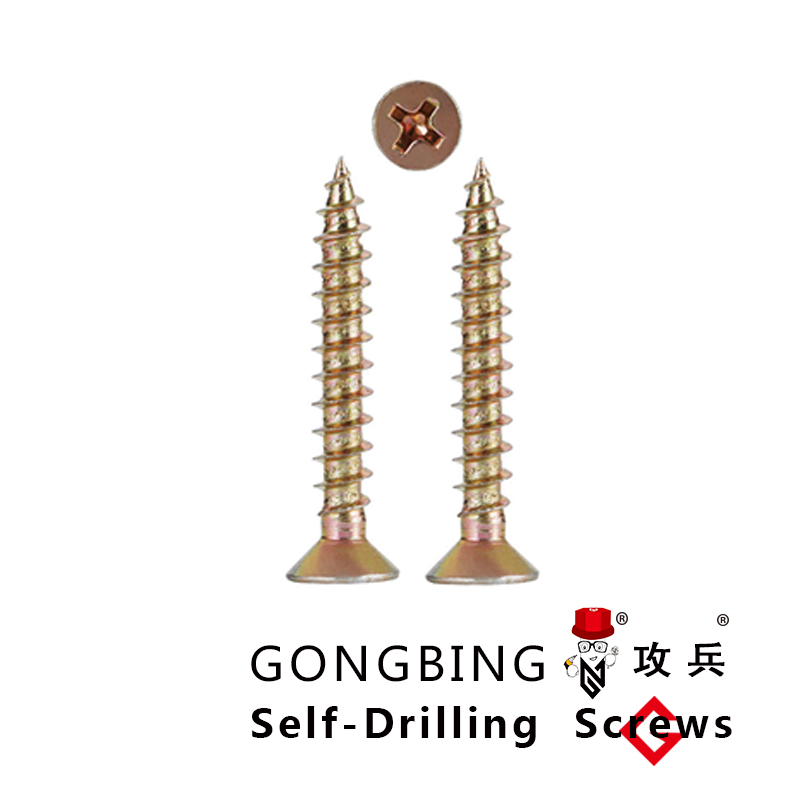Chemical Resistance of Screw Anchors for Enhanced Structural Integrity and Durability
Chemical Screw Anchors Strength and Versatility in Construction
Chemical screw anchors are becoming increasingly popular in the construction and engineering fields due to their robust performance and versatility. These anchors combine traditional screw anchor technology with a chemical bonding agent that enhances their load-bearing capacity, making them suitable for a variety of applications.
A chemical screw anchor typically consists of a threaded steel screw that is inserted into a pre-drilled hole in concrete, masonry, or other materials, along with a two-part adhesive or resin. Once the screw is placed, the adhesive is injected into the hole around the screw. This bonding process creates a strong bond between the anchor and the substrate, significantly increasing the anchor's holding power and resistance to pull-out forces compared to traditional mechanical anchors.
One of the most significant advantages of chemical screw anchors is their high load capacity. The adhesive used in these anchors spreads the load across a larger area, which makes them ideal for heavy-duty applications. Whether it's securing structural steel, frameworks, or heavy machinery, these anchors can handle substantial loads, thus improving the overall safety and stability of the installation.
chemical screw anchor

Another benefit of chemical screw anchors is their adaptability to various substrates
. Unlike mechanical anchors that may rely solely on friction or expansion to achieve hold, chemical anchors can bond effectively with different materials, including cracked concrete, solid concrete, brick, and even hollow blocks. This flexibility allows engineers and builders to use chemical anchors in situations where traditional anchors may not be effective, broadening their usability across diverse projects.Installation of chemical screw anchors is also relatively straightforward. However, it requires careful preparation and attention to detail. The substrate must be clean and free from dust, oil, or other contaminants. Workers typically drill a hole to the specified depth and diameter, then clean it using compressed air or a wire brush before inserting the screw and injecting the adhesive. Proper curing time is essential to ensure the anchor develops its full strength, meaning construction timelines should account for this aspect.
Moreover, chemical screw anchors can perform well under extreme conditions. They offer superior resistance to shock, vibration, and thermal expansion, which are critical factors in many construction scenarios. Additionally, many adhesives are formulated to be resistant to chemicals and moisture, enhancing their durability in challenging environments.
In conclusion, chemical screw anchors represent a significant advancement in anchoring technology, offering exceptional strength and versatility. Their ability to bond with a variety of substrates makes them indispensable in modern construction. As more contractors and engineers recognize the benefits of these anchors, their use is expected to become even more widespread in future construction projects. Whether for residential, commercial, or industrial applications, chemical screw anchors provide a reliable and robust solution to anchoring needs.
-
Weatherproof Plastic Expansion Anchors for OutdoorNewsJun.06,2025
-
Sustainability in the Supply Chain: Eco-Friendly TEK Screws ProductionNewsJun.06,2025
-
Load-Bearing Capacity of External Insulation FixingsNewsJun.06,2025
-
Double Head Bolts: Enhancing Efficiency in Industrial MachineryNewsJun.06,2025
-
Corrosion Resistance in Chipboard Screws: Coatings for Wholesale DurabilityNewsJun.06,2025
-
Butterfly Toggle Bolts : Enhancing Structural ResilienceNewsJun.06,2025
